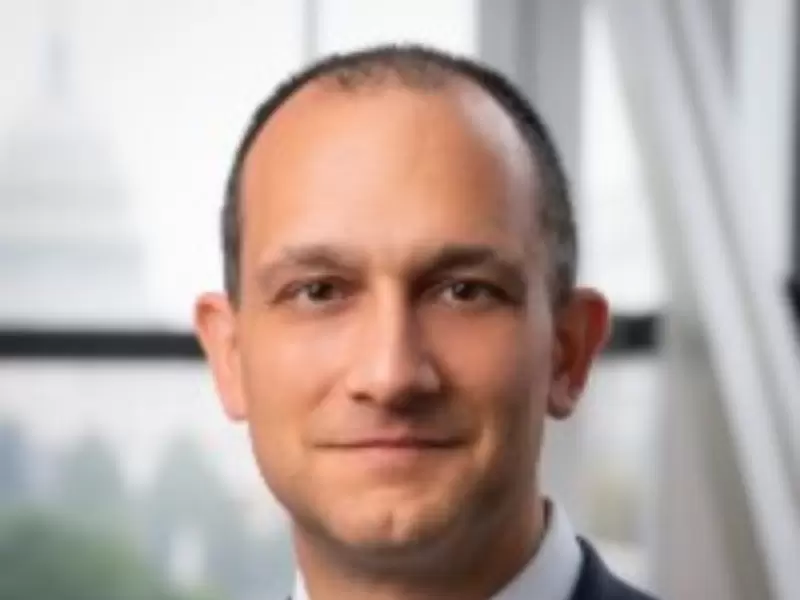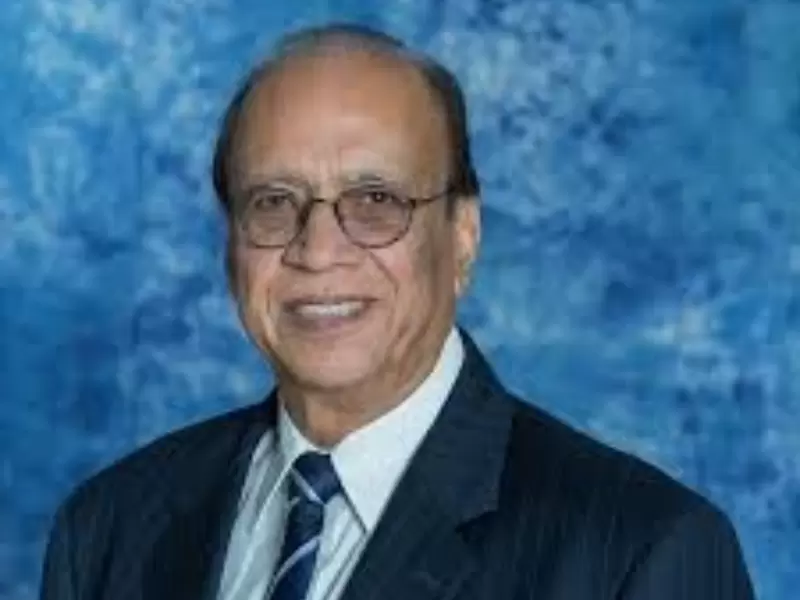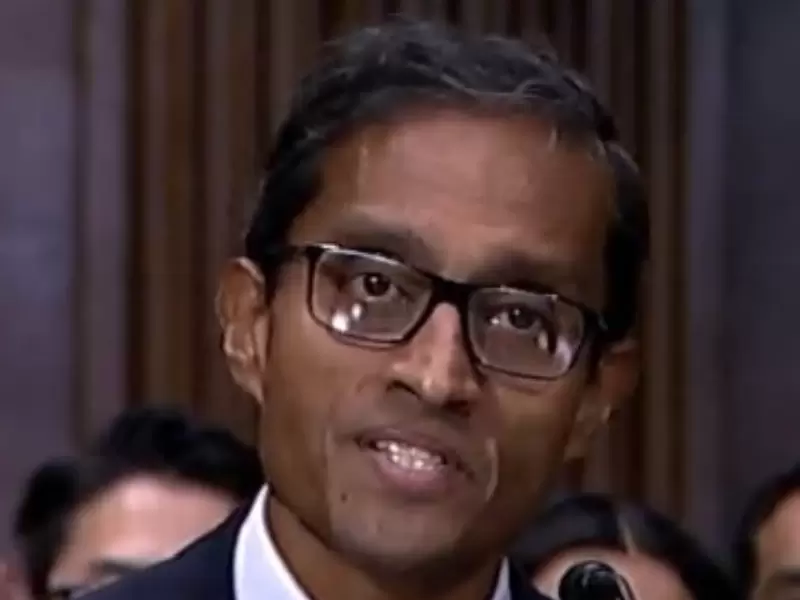Mumbai-born Yale scientist paves way for room-temperature quantum computing
Nikhil Malvankar holds a PhD in Quantum Physics and is a scientist at the Yale Microbial Sciences Institute.
 Nikhil Malvankar / Handout/Yale university
Nikhil Malvankar / Handout/Yale university
Nikhil Malvankar, a Mumbai-born Yale scientist, has traversed the known realms of microbiology and hopped on to the world of quantum physics looking for answers on how bacteria breathe deep underground without the aid of oxygen.
A scientist at the Yale Microbial Sciences Institute, Malvankar holds a PhD in quantum mechanics from the University of Massachusetts Amherst. It is specifically this unique inter-disciplinary understanding that has made it possible for him to seek answers to microbiology questions in quantum mechanics.
Quantum mechanics is a fundamental theory in physics describing the behavior of matter and energy at atomic and subatomic scales, where classical physics fails. It introduces concepts like wave-particle duality, superposition, and quantum entanglement, governing phenomena such as electron behavior and photon interactions.
His lab has previously uncovered the evolutionary trick used by bacteria to breathe through tiny protein filaments, called nanowires, to dispose of excess electrons from the conversion of organic waste to electricity. This process is called bacterial snorkeling and lets the bacteria send electrons over distances 100-times their size.
ALSO READ: Scientists find genetic ‘switches’ driving hidden disease pathways
While this discovery answered many questions, it also gave way to new questions. Malvankar was left puzzled by the speed at which these electrons were moved by the bacteria through their nanowires.
“Biological theory just couldn’t explain their speed,” explained the Associate Professor of Molecular Biophysics and Biochemistry, in an interview with Yale University.
He further said, "Either our measurements were wrong, or we needed a new theory."
In a manner similar to Quantum Entanglement, where two particles are inexplicably connected to each other, irrespective of physical separation, Malvankar was seemingly still connected to his previous academic love, Quantum Mechanics. Malvankar's search for a new theory to explain the speed at which the electrons were pushed out by the bacteria led him back to quantum mechanics.
In a recent study, in which Malvankar's team collaborated with William Parson at the University of Washington, they found out that while proteins in bacteria move and change shape due to change in thermal energy, these movements are a million times slower than the speed at which electrons move through the protein. This led to the finding that the electrons were ‘surfing’ a wave rather than ‘hopping’ like particles.
Describing this phenomenon, Malvankar told Yale University, "We once thought of electrons conforming to classic Newtonian laws – just like a tennis ball will keep bouncing and always come back. Instead, we witnessed electrons behaving like an energy wave with the ability to travel rapidly through material coherently, even at room temperatures."
These findings are considered to be the first instances of identifying the inter-play of quantum mechanics in respiration, with significant implications for the field of quantum sensing and computation.
Quantum computation is currently a very expensive avenue and a key reason behind its cost is the temperature criterion associated with it. Since the technology requires electrons to communicate with each other, it works without interference only at temperatures close to minus 500 degrees Fahrenheit, and maintaining this temperature is expensive.
Ponting out how the results went against conventional wisdom of the scientific community, he said, “With the exception of processes like photosynthesis, where sunlight moves very rapidly but over a very short distance, the common wisdom is that the biological world is a very noisy and hostile environment that effectively destroys any quantum effect.”
He added, “Generally, we don’t think of quantum mechanics in biology, so this is a big surprise.”
Malvankar's findings are revolutionary because it gives an example of quantum mechanics at room temperature, effectively opening up the possibility of the next big leap in quantum computing.
"Nature often has very simple solutions to complex problems," according to Malvankar.
ADVERTISEMENT
ADVERTISEMENT
E Paper
Video




 Jeffin T. Kaleekal
Jeffin T. Kaleekal












Comments
Start the conversation
Become a member of New India Abroad to start commenting.
Sign Up Now
Already have an account? Login